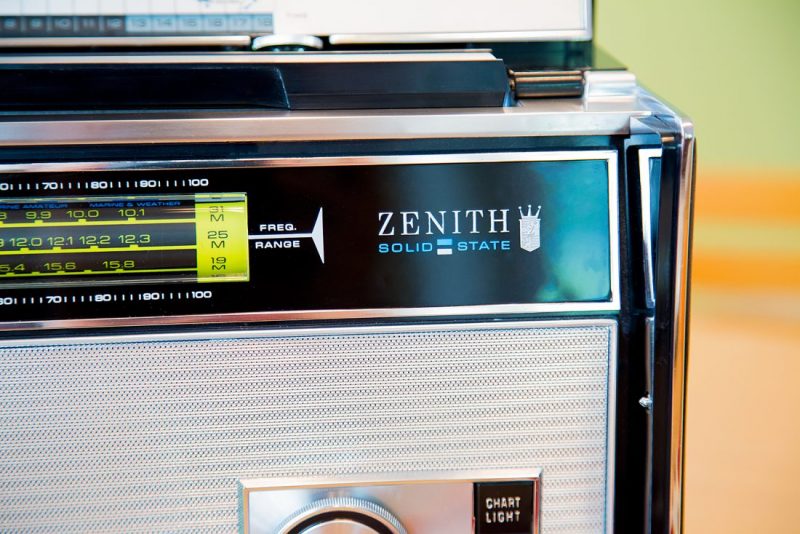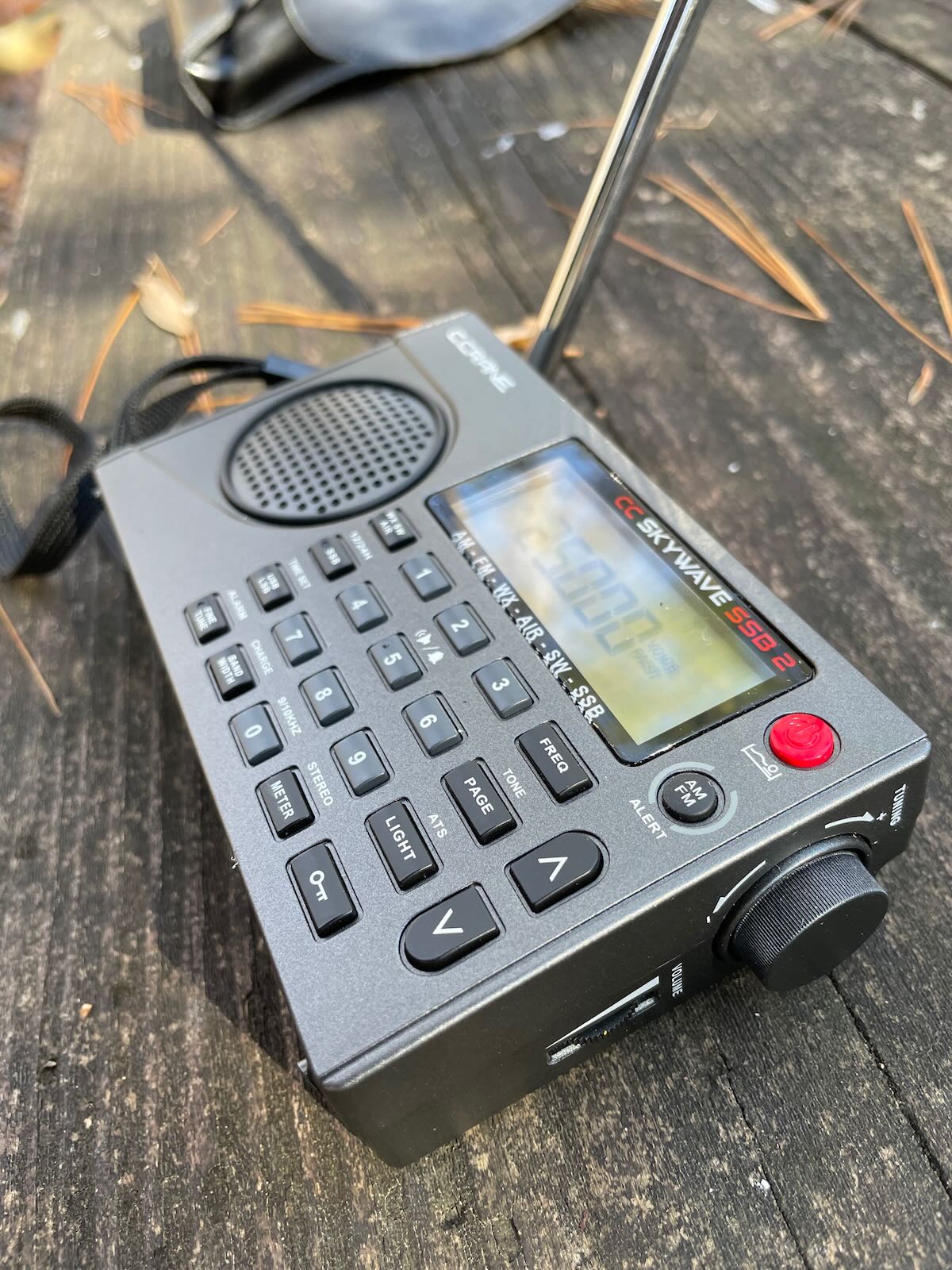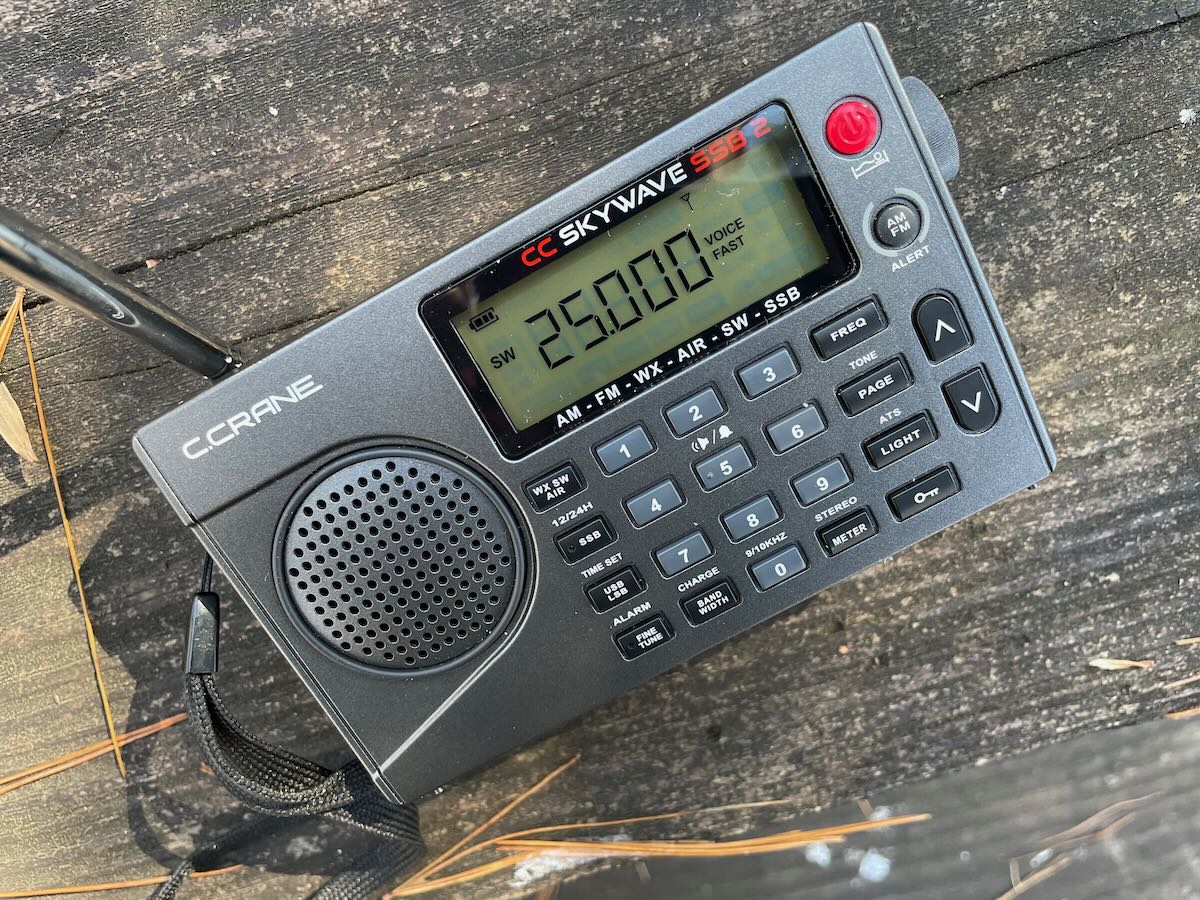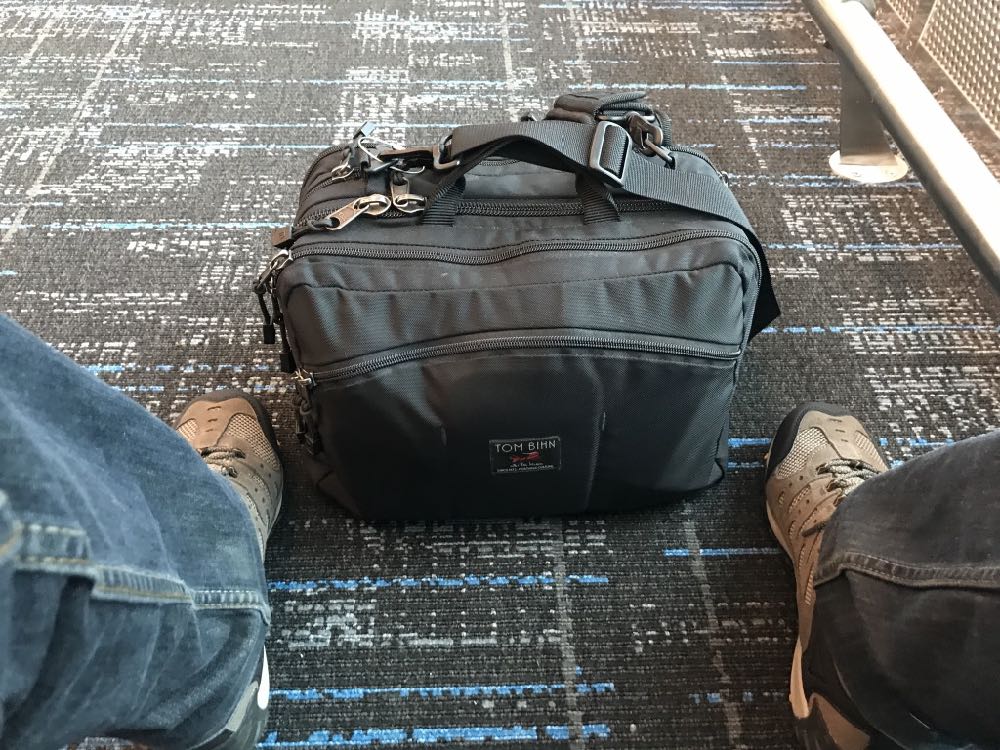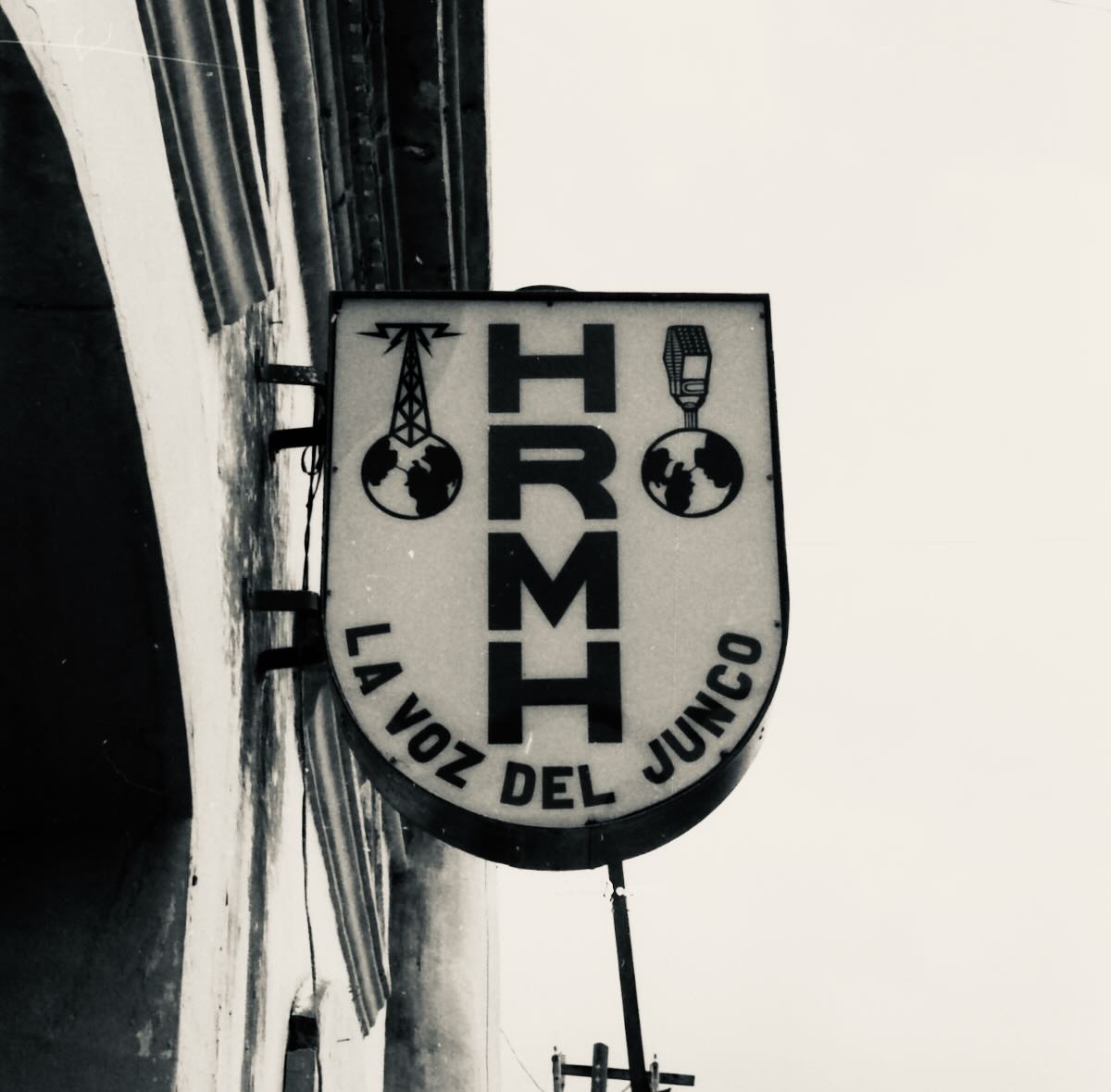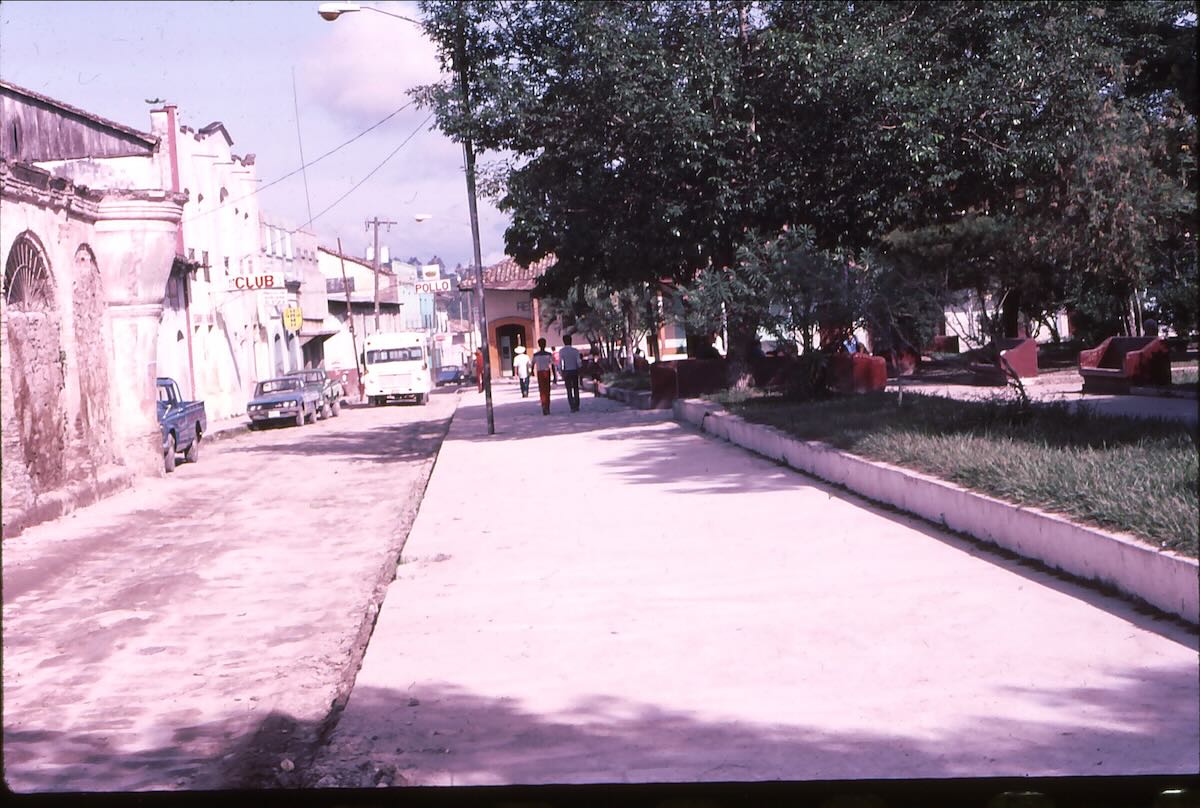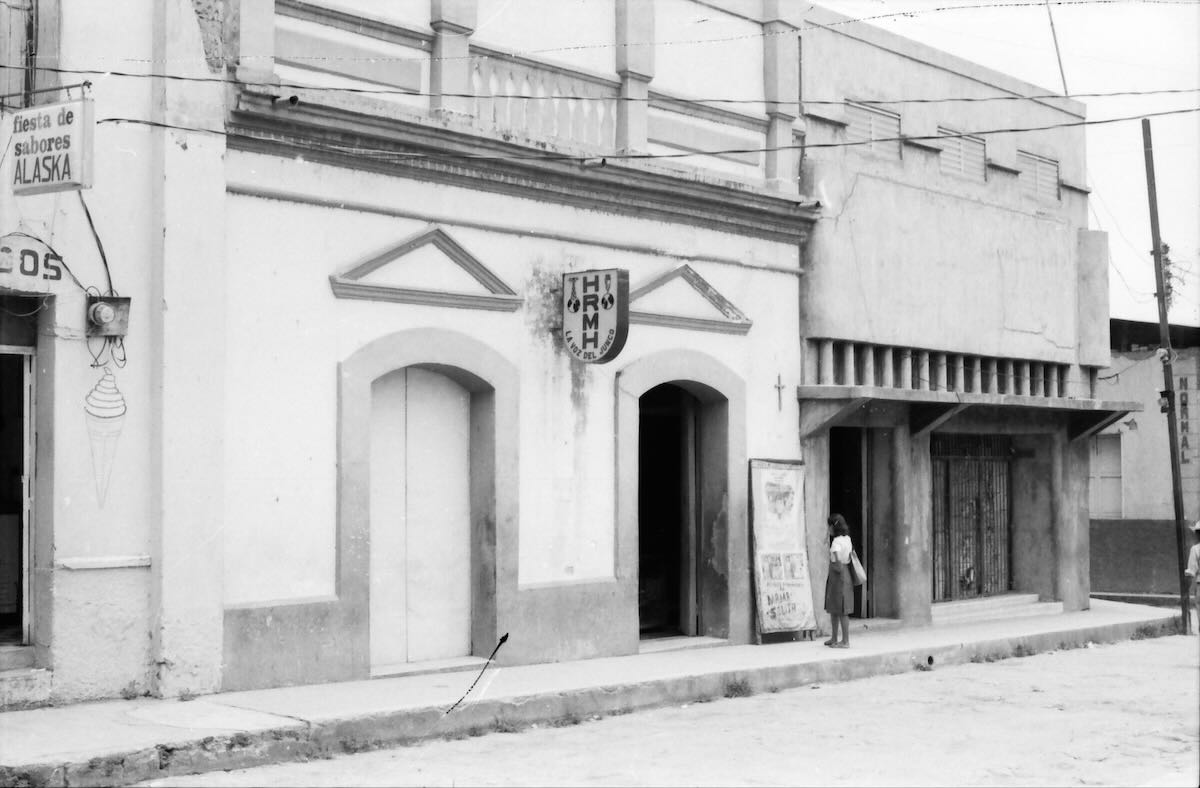Radio Waves: Stories Making Waves in the World of Radio
Welcome to the SWLing Post’s Radio Waves, a collection of links to interesting stories making waves in the world of radio. Enjoy!
Radio Martí news: Migrants land by Keys broadcasting tower promoting Cuban democracy (Miami Herald)
Washington maintains a waterfront radio tower in the Florida Keys to broadcast programming aimed at encouraging democracy and press freedom in Cuba, and on Sunday that area in Marathon was the landing spot for a group of migrants fleeing the island. A boat of 25 migrants arrived on the shores of Sister Creek, home to a Radio Martí transmission station on Sunday morning, said Adam Hoffner, assistant chief patrol agent for U.S. Customs and Border Protection’s Miami operations. The landing was one of two known migrant arrivals in the Keys on Sunday, with another 28 Cubans arriving on private property in Key Largo. While the government-run broadcasting agency targets Cuban listeners with Spanish programming, Radio Martí reports typically discourage the kind of voyage that reportedly landed some Cubans on or near Martí property, said Tomás Regalado, the former Miami mayor who also recently ran the agency that oversees Radio and TV Martí. “Historically, the migrant situation was something that was treated as news,” Regalado said. “But with the caveat that it’s a very dangerous trip and not recommended.” [Read more here…]
Ukraine Uses Off-The-Shelf Electronics To Target Russian Communications (Forbes)
A nonprofit organization based in the U.S. is supplying Ukrainian forces with advanced electronic warfare gear assembled from simple off-the-shelf components. The secret is a new technology known as Software Defined Radio (SDR) which can locate Russian radio emitters, from command centers to drone operators. Previously this sort of capability required expensive, high-grade military equipment.
Serge Sklyarenko says his organization, American Ukrainian Aid Foundation, based in New York, is supplying Ukrainian intelligence with a number of the versatile SDR radio kits.
“The beauty of them is they are software defined, meaning they can be reprogrammed in the field to suit a multitude of use cases,” Sklyarenko told me.
In a traditional radio set, the signal from an antenna is processed by dedicated hardware – amplifiers, filters, modulator/demodulators and other components. This means that each radio set is dedicated to one particular type of radio signal, whether it is a 5G cellphone, AM radio, digital television or WiFi. In Software Defined Radio, the only dedicated hardware is the antenna. All the signal processing is carried out digitally with a computer. Simply by changing the programming, an SDR can extract the signal for cellphone, radio, Bluetooth, or any other defined waveform. One device can do everything. [Continue reading…]
Innovation on Morse Code for the US Military (SOFREP)
On January 10, 1991, the U.S. Army Intelligence School Devens (USAISD) introduced the Basic Morse Mission Trainer to the 98H Morse intercept operator and 98D emitter identifier/locator advanced individual training courses. This system revolutionized the training of Morse code copying skills for both students and instructors, reducing course attrition, and turning out better trained operators faster. Continue reading


